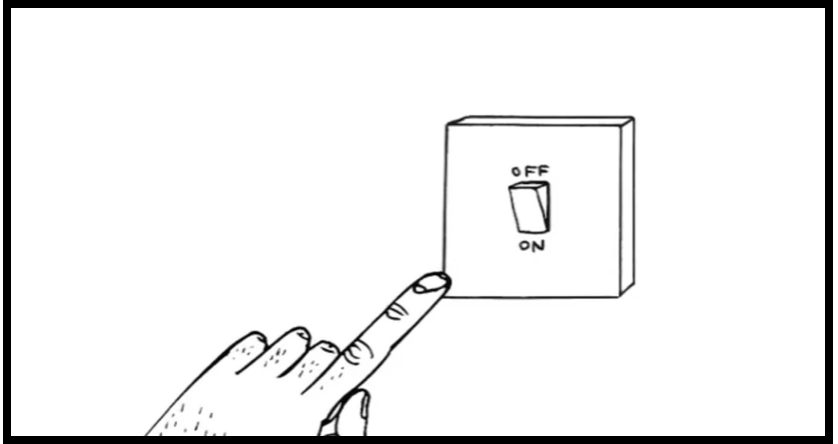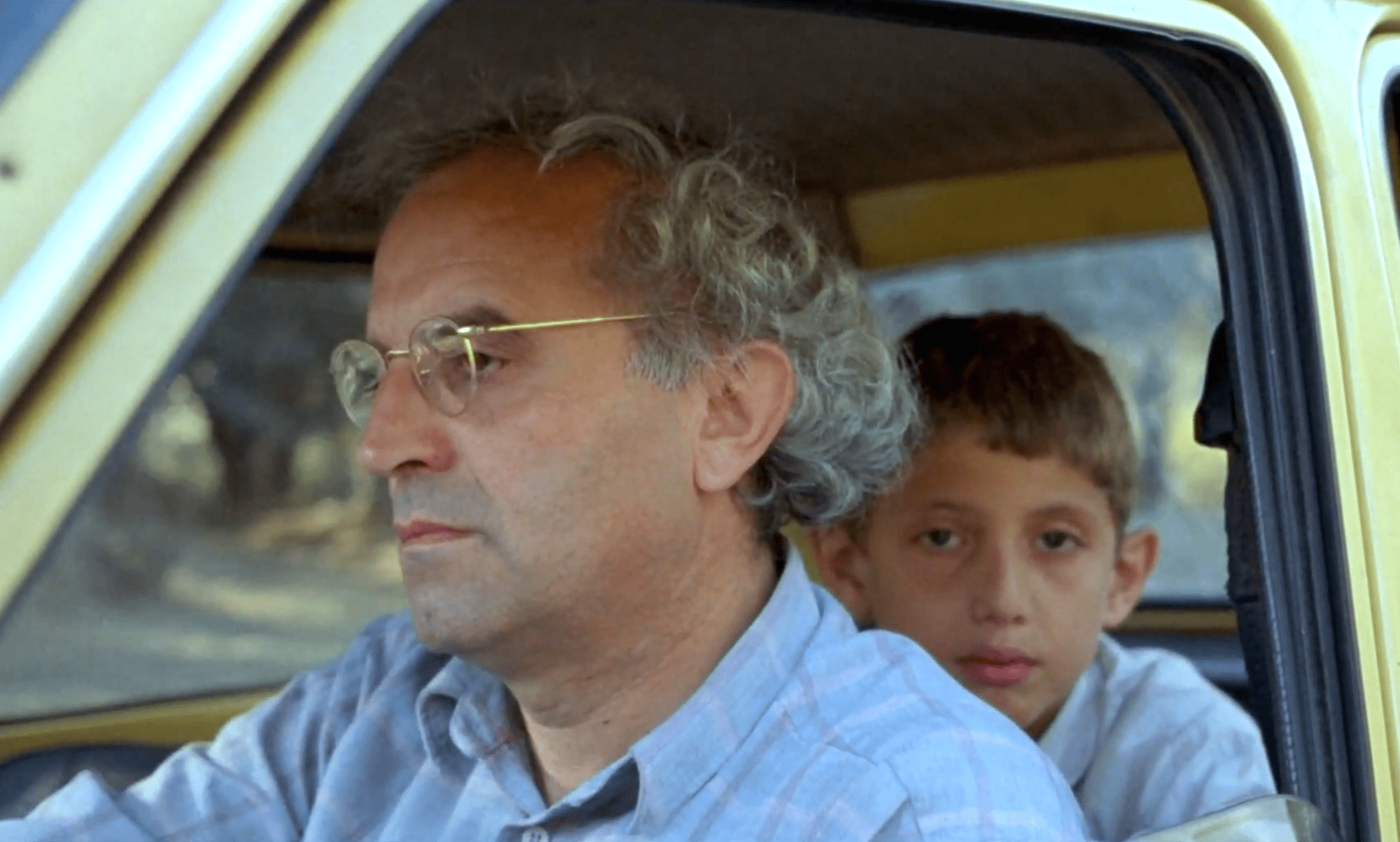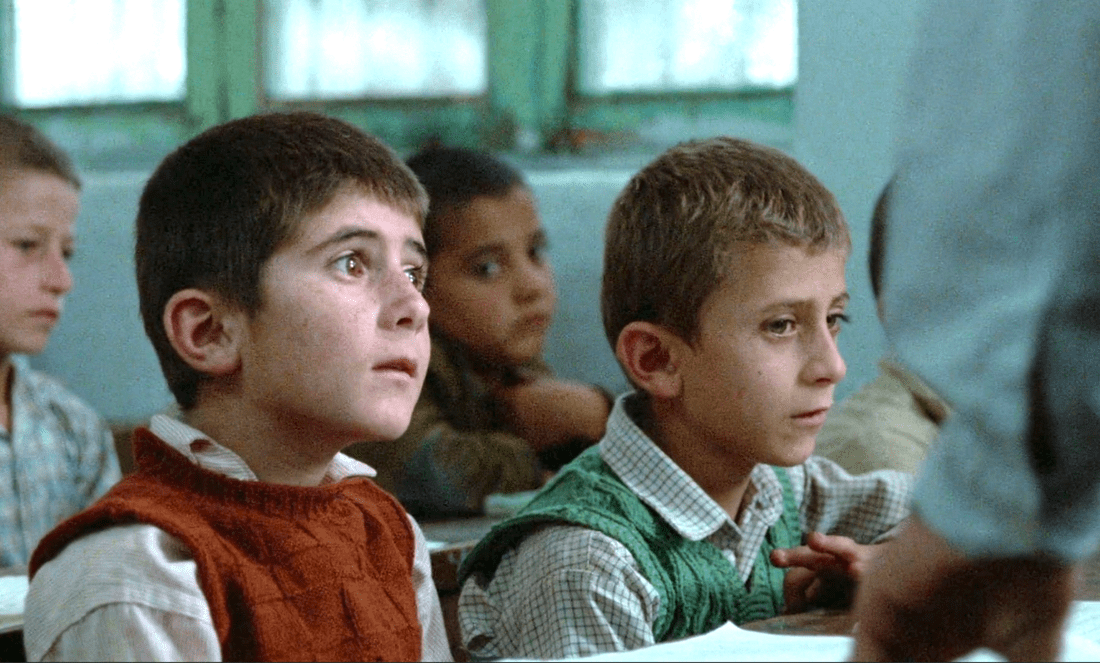
I Am Another You was made by Nanfu Wang in 2017 when she was 21 years old. This is a young person’s film. Wang was on a journey of self-discovery that has no set course, no parameters, just an intrepid openness, and a camera.
One of the first shots in the film is of her feet on the beach. She just points the camera down and shoots the water washing over her sandals. It’s a very simple, even amateurish shot but it feels like a metaphor for her search. She is considering herself, her presence, and wondering where she belongs. Early on in the film, she explains “I left China to find something I’ve been looking for all my life”

Nanfu is willing to relinquish control and open herself to whatever might cross her camera’s lens and what crosses it is a young homeless man named Dylan. He is a little raggedy but very charismatic. He makes friends easily and everyone around him seems ready to give him food, money, and even lodging.
Together Nanfu and Dylan are at similar junctions in their lives. They are the same age and are both far from home. The title of the film “I Am Another You” has several possible meanings but essentially it shows the ambiguous relationship between the documenter and her subject.
Nanfu does not minimize her presence in the film. She makes no effort to be a fly on the wall. She gets involved in Dylan’s life and his decisions. She judges him and argues with him. She even allows him to turn the tables and film her.
Switching roles in the middle of a documentary is not something you see often, but once you consider it, it seems like such a natural impulse. Wang’s willingness to relinquish her power and flip position is critical to her approach. She is open. Throughout the entire film, she is honest and forthcoming with everyone she meets.
By giving Dylan the camera she is allowing him a different kind of voice than when he is being interviewed. When he is pointing the camera at her he is in control, but by filming her he is also allowing her to take some of the spotlight. She allows Dylan to insert himself into the filmmaking by letting him insert the filmmaker into the film.

Dylan and Nanfu’s mini-odyssey lasts about a week but takes up barely 30 minutes of the total film. She follows him wherever he might lead but after a week she seems to hit a dead end and so shelves the project. Later she gets an opportunity to visit Dylan’s family and decides to try learning a little more about his background.
She learns that Dylan has been diagnosed with schizophrenia, and is a former heroin addict. In a fascinating re-edit of the source footage, Wang re-examines her experience with Dylan and tries to find evidence of his illness. She and her audience now have to question the original documentary and all the attenuating circumstances, and assumptions. The film calls itself into question.
Eventually, she has a chance to reunite with Dylan and explore this new information. He both accepts and deny’s his diagnosis. He recognizes some of the problems his thoughts present for him but he also feels that they are the result of a special ability instead of an illness. Regardless of how he labels himself, Dylan’s life itself is the best argument for his choices.
He drinks alcohol every day and even takes drugs on occasion but he is not desperate or out of control. He does not seem to be involved in anything illegal, and he doesn’t hurt anyone. In fact, he seems to spread joy and camaraderie wherever he goes. He admits that there are times he suffers from unwanted thoughts and feelings but that is a given with schizophrenia. Whether he was under a doctor’s care or not he would most likely have periods of mental hardship and pain.

It is important not to romanticize schizophrenia as some alternative lifestyle. One in every hundred people deal with this disease every day, and many of them suffer terribly. Unfortunately, psychologists are still struggling to find ways to help these people. Anti-psychotic medication can take away the internal voices, and the visions, but those are only symptoms. In addition, the medications come with a host of heavy side effects.
Using his own strategies Dylan seems to have created a life for himself that is primarily positive. Nanfu has a limited amount of footage of Dylan but depending on the viewer’s expectations, that footage can reveal a jovial vagabond, a mentally ill outcast, or a resourceful and creative young man finding the best possible way forward. What makes the documentary compelling is how you find whatever it is that you are looking for.
The shot in the beginning of Nanfu’s feet on the beach is a little like Dorothy’s Ruby Red Slippers. Dorothy goes on a journey to find help but eventually realizes she had what she needed all along.
The hero’s journey and the classic road movie are not about geographic travel but about an internal transformation. At the end of the film, Nanfu explains, “I came to the U.S. in 2011. I followed Dylan hoping to find something I had been searching for all my life. Along the way I have learned what I’ve been searching for exists only in the mind.” Pushing the metaphor one step further that would make Dylan the Wizard of Oz. A false prophet with a kind heart.

By following him she learns that she does not need to follow him. We don’t find out what happens to the wizard after he floats away. Dylan’s future is uncertain. His chosen lifestyle leaves him vulnerable and so does his condition. Nanfu began her journey free and open but by the end of the film, she has found a path for herself that provides stability. Dylan has no path and is not searching for anything. He is free and living in the present but with freedom comes endless possibilities, some of them good and some of them with the potential for suffering. For now, Dylan is deciding what is best for him and seems to be doing a pretty good job, but there is a difference between a willingness to face risks and risky behavior. The question is whether Dylan can navigate a future that provides the freedom he requires but is also unpredictable.

If you enjoyed this article click here for more
www.filmofileshideout.com/archives/ross-mcelwees-six-oclock-news



